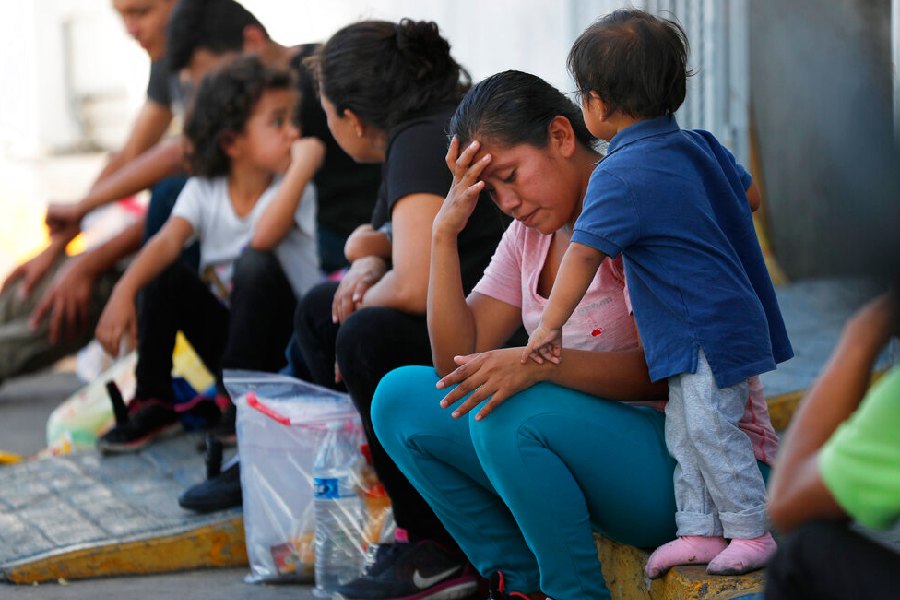The international migrant is a global pariah. In his second term, Donald Trump, the president of the United States of America, has immigrants on his radar. In Europe, which is witnessing electoral gains by far-Right parties that demonise immigration, the migrant, particularly the Muslim migrant, is a vulnerable creature. In Narendra Modi’s India, Bangladeshi immigrants or their Rohingya counterparts are equally vilified. The common grouse against immigrant communities is their alleged role in eating up jobs and welfare that, the far-Right as well as authoritarian leaders argue, should be the monopoly of the proverbial sons of soil. The migrants' supposedly alien cultural roots are a further cause of tension. The castigation of the international migrant worker as the purloiner of employment opportunities has, it can now be said, been challenged by a report by the International Labour Organization. The fourth edition of the Global Estimates on International Migrant Workers states that a combination of demographic transitions across economies — they include the rise of ageing populations, enhanced demand but also growing gaps in care economies, the lure of better livelihoods and so on — has given an impetus to international migrant labour. What is more — and this factor cannot be underestimated — the constituency of international migrant workers not only has the potential to address the shortages in the labour markets of host nations but also contribute to global economic growth by sending back remittances to their home countries.
The report is also rich in other details. For instance, it reveals the gendered underpinnings of migrant labour: a greater number of migrant males were employed than females even though the number of women migrants have steadily increased since the ILO began to compile estimates. Specific demographic patterns are also discernible from the data — most migrant workers belong to the prime adult working age. The services sector casts a magnetic pull on them: 68.4% of international migrant workers were employed in this sector. Between 2013 and 2022, high-income and upper-middle-income economies had been the preferred destination for this category of workers. These and the other inferences drawn in the report could go a long way in framing policies by not only international institutions but also host countries to rehabilitate and integrate migrant workers better. But will they? The ILO report’s data also reveal a perceptible decline in the share of migrant workers in recent times, especially in North America and even in the Arab nation-states. That could well be an indicator of the hardening of political positions against this category of workers.










